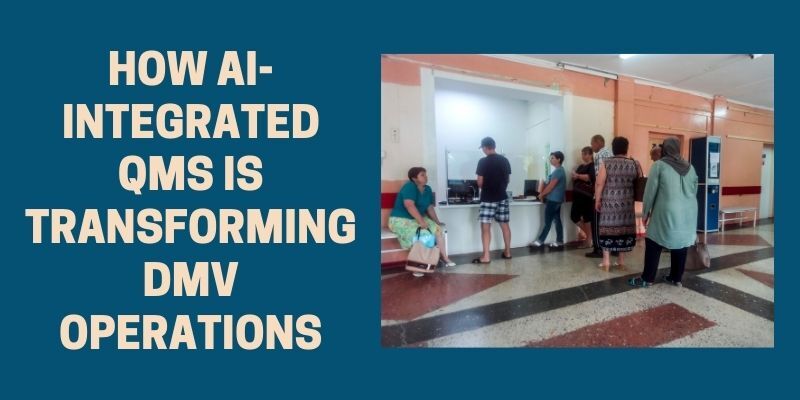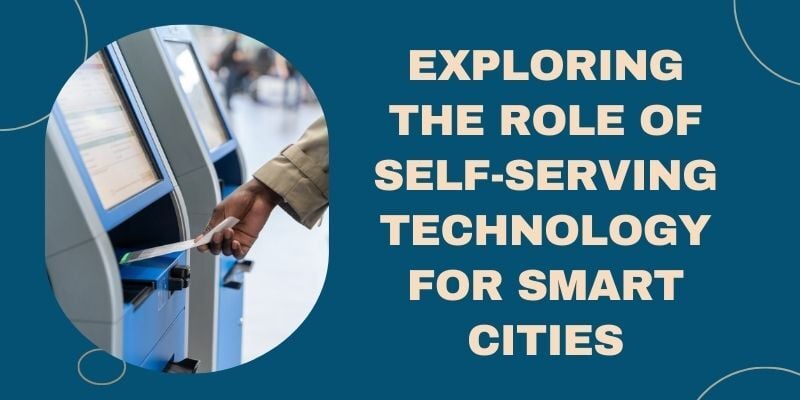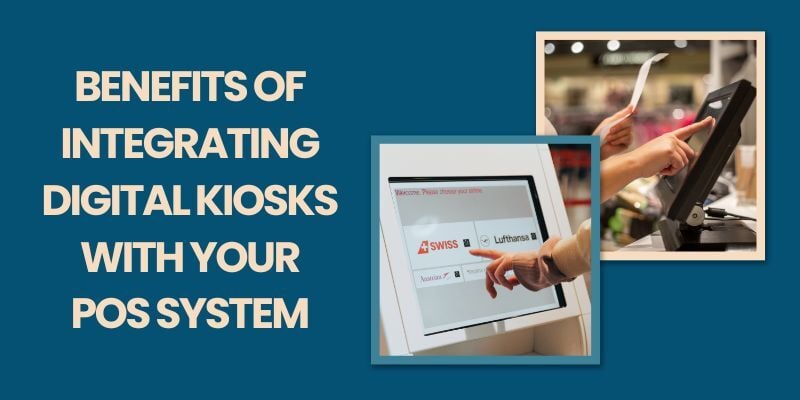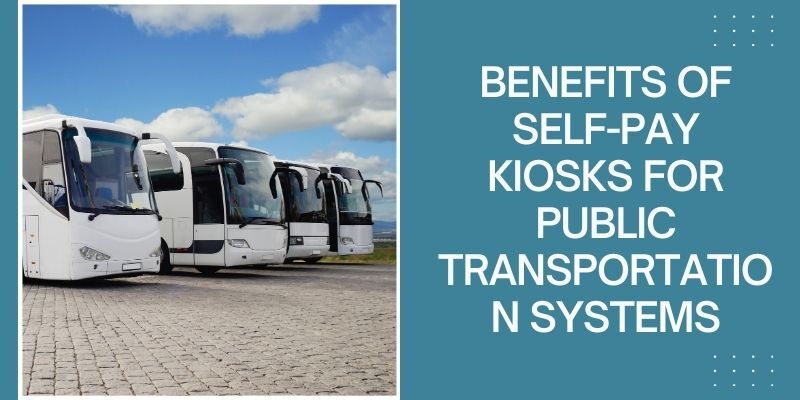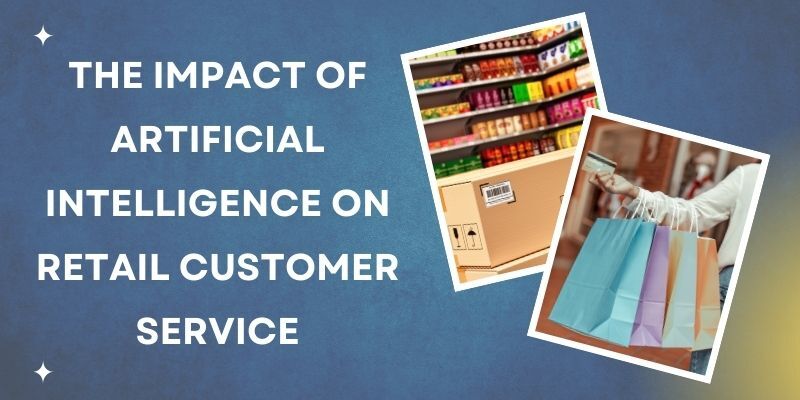Understanding customer journey touchpoints is essential for any business. Touchpoints are when customers interact with a brand, whether online or offline.
These interactions can shape their overall experience and influence their purchasing decisions. By identifying and optimizing these touchpoints, businesses can create a smoother and more satisfying journey for their customers.
This article will explore the various touchpoints in a customer journey, how to map them, and why they are crucial for business success.
We’ll also discuss practical tips on improving these touchpoints to boost customer satisfaction and loyalty.
Whether you are a business owner, a marketer, or someone interested in customer experience, this guide will provide valuable insights into understanding and optimizing customer journey touchpoints.
What Is a Customer Journey Touchpoint?
A customer journey touchpoint is any interaction between a customer and a business throughout the customer’s journey.
These touchpoints can occur at various stages, from initial awareness to post-purchase follow-up. Examples include visiting a website, reading an email, interacting on social media, or speaking with customer service.
Understanding what touchpoints in customer journey mapping is crucial because each interaction can significantly impact the customer’s perception and decision-making process.
By identifying and analyzing these touchpoints, businesses can better understand the customer’s needs and expectations, leading to improved strategies and boosted customer experiences.
Identifying Customer Touchpoints
 Identifying customer journey touchpoints is essential for creating a comprehensive map of the customer experience.
Identifying customer journey touchpoints is essential for creating a comprehensive map of the customer experience.
Businesses can pinpoint fundamental interactions influencing customer satisfaction and loyalty by breaking down the journey into different phases. The primary phases are Pre-Service/Purchase, Service/Purchase, and Post-Purchase/Service.
1. Pre-Service/Purchase Phase
In the Pre-Service/Purchase phase, customers are just starting to learn about a brand and its offerings. Key touchpoints in this phase include:
- Website visits: Customers may visit the business’s website to learn more about products or services.
- Social media interactions: Engagements on platforms like Facebook, Twitter, and Instagram help build awareness.
- Advertisements: Online, TV, and print ads introduce the brand to potential customers.
- Word-of-mouth recommendations: Hearing about the brand from friends or family can influence decisions.
Identifying these touchpoints helps businesses understand how customers first encounter and perceive their brand, allowing for targeted improvements.
2. Service/Purchase Phase
During the Service/Purchase phase, customers decide to buy a product or service. Key touchpoints in this phase include:
- In-store experiences: Interactions with staff and the overall shopping environment.
- Online shopping: The ease of navigating the website, product descriptions, and the checkout process.
- Customer service: Assistance through phone, chat, or email when customers have questions or issues.
- Promotional offers: Discounts or special deals that entice customers to purchase.
By focusing on these touchpoints, businesses can ensure a smooth and enjoyable purchase experience, leading to higher conversion rates and customer satisfaction.
3. Post-Purchase/Service Phase
In the Post-Purchase/Service phase, the goal is to maintain customer satisfaction and encourage repeat business. Key customer journey map touch points in this phase include:
- Follow-up emails: Thanking customers for their purchase and providing additional information or offers.
- Surveys and feedback requests: Gathering customer opinions to improve future experiences.
- Customer support: Resolving any issues or concerns promptly and effectively.
- Loyalty programs: Incentivizing repeat purchases through rewards and exclusive offers.
Optimizing Customer Touchpoints
 Optimizing customer journey touchpoints is crucial for enhancing the overall customer experience. By improving interactions at each phase of the customer journey, businesses can boost satisfaction, loyalty, and their bottom line.
Optimizing customer journey touchpoints is crucial for enhancing the overall customer experience. By improving interactions at each phase of the customer journey, businesses can boost satisfaction, loyalty, and their bottom line.
Below, we explore ways to develop touchpoints in the Pre-Purchase, Purchase, and Post-Purchase phases.
1. Enhancing Pre-Purchase Touchpoints
Effective Marketing Strategies
Implementing effective marketing strategies is vital to attract and engage potential customers. This involves using a mix of online and offline channels to reach a broader audience. Social media campaigns, email marketing, content marketing, and SEO are essential components.
Tailoring messages to address customer pain points and highlighting unique selling propositions can significantly impact a business.
Businesses can create a solid first impression and drive more traffic to their platforms by effectively utilizing these strategies for customer journeys and touchpoints.
User-Friendly Websites and Apps
A user-friendly website or app is essential for a positive initial interaction. Ensure your website is easy to navigate, with clear categories and a simple layout. Mobile optimization is crucial since many customers browse on their phones.
Fast loading times and an intuitive design can keep potential customers engaged. Providing comprehensive product information and easy access to customer reviews can also enhance the user experience. A smooth digital experience can convert casual visitors into potential buyers.
Personalized Customer Engagement
Personalizing customer engagement helps build a connection with potential customers. Use data analytics to understand customer preferences and tailor your interactions accordingly. Personalized emails, product recommendations, and targeted ads can make customers feel valued.
Engaging customers through social media by promptly responding to comments and messages can also create a more personalized experience. Businesses can increase the likelihood of conversion by making customers feel understood and appreciated.
2. Streamlining Purchase Touchpoints
Simplified Checkout Processes
A simplified checkout process is crucial for reducing cart abandonment rates. Ensure that the checkout page is straightforward, with minimal steps required to complete a purchase. Offering a guest checkout option can cater to customers who prefer to avoid creating an account.
Displaying shipping costs, taxes, and delivery times can prevent surprises that deter customers from completing their purchases. A smooth and efficient checkout process can boost customer satisfaction and increase sales.
Secure and Diverse Payment Options
Offering secure and diverse payment options is essential for a positive purchasing experience. Ensure that your payment gateway is secure to build customer trust. Provide various payment methods, such as credit/debit cards, digital wallets, and installment plans.
Catering to different payment preferences can make purchasing more convenient for customers. Highlighting the security measures in place can reassure customers about the safety of their transactions.
Transparent Communication
Transparent communication during the purchase phase builds trust with customers.
Keep customers informed about their order status, including confirmation, shipping, and delivery updates across touchpoints and customer journeys. Providing accurate product descriptions and clear return policies can also ensure understanding.
If there are any delays or issues, proactively communicate with the customer to manage their expectations. Honest and open communication across customer journeys and touchpoints can raise a positive relationship and encourage repeat business.
3. Improving Post-Purchase Touchpoints
Efficient Delivery Systems
Efficient delivery systems are crucial for customer satisfaction after purchase. Partner with reliable shipping companies to ensure timely deliveries. Offer tracking options so customers can monitor their order’s progress.
Multiple delivery options across customer journey touchpoints, such as standard and express shipping, can cater to customer needs. Efficient delivery processes can leave a lasting positive impression and encourage customers to shop with you again.
Comprehensive Onboarding Experiences
Comprehensive onboarding experiences help customers make the most of their purchases. Provide clear instructions or tutorials on how to use the product or service. Follow-up emails with tips and additional resources can improve the customer’s experience.
Offering setup assistance or a dedicated customer success team can further support new customers. A thorough onboarding process ensures customers feel confident and satisfied with their purchase.
Responsive Customer Support
Responsive customer support is essential for addressing post-purchase issues or concerns across customer journey touchpoints.
Offer multiple support channels, such as phone, email, live chat, and social media. Ensure that your support team is well-trained and equipped to handle inquiries promptly and efficiently.
A comprehensive FAQ section on your website can also help customers find answers quickly. Excellent customer support can turn a potentially harmful experience into a positive one, furthering customer loyalty.
Examples Of Customer Touchpoints
 Understanding and identifying customer journey touchpoints is crucial for businesses aiming to improve their customer experience. Each touchpoint represents an opportunity to engage, influence, and satisfy customers.
Understanding and identifying customer journey touchpoints is crucial for businesses aiming to improve their customer experience. Each touchpoint represents an opportunity to engage, influence, and satisfy customers.
Here, we explore various examples of touchpoints across the Pre-Purchase, Purchase, and Post-Purchase phases.
Pre-Purchase Touchpoints
In the Pre-Purchase phase, customers become aware of and consider a brand’s products or services. Key touchpoints in this phase include:
- Advertising (online ads, billboards): Advertising is one of the first touchpoints potential customers encounter during the customer journey. Effective advertising campaigns across different media can attract attention and generate interest in the brand. These touchpoints are crucial in building initial awareness, whether it’s a catchy billboard or a targeted online ad.
- Social Media (posts, influencer promotions): Social media platforms offer multiple touchpoints where customers can interact with a brand. Posts, stories, and influencer promotions can significantly impact brand perception and engagement. By sharing engaging content and collaborating with influencers, businesses can reach a broader audience and create a positive impression.
- Word-of-Mouth (referrals from friends or family): Referrals from friends or family are influential touchpoints because they have a built-in trust factor. When potential customers hear about a positive experience from someone they know, they are more likely to consider the brand. Encouraging satisfied customers to share their experiences can amplify this effect.
- Website (landing pages, blogs): A brand’s website is a crucial touchpoint where customers seek detailed information. Landing pages for specific campaigns and informative blogs can educate and engage potential customers. An easy-to-navigate website with valuable content can drive conversions by guiding visitors through the initial stages of the customer journey.
- Customer Reviews (on review sites or social media): Customer reviews are influential touchpoints that sway potential buyers. Positive reviews on review sites or social media build credibility and trust. Encouraging satisfied customers to leave reviews and responding to feedback can boost the brand’s reputation.
Purchase Touchpoints
Customers actively decide to buy a product or service during the purchase phase. Key touchpoints in this phase include:
- Physical Store (in-store experience, layout): The in-store experience is a significant touchpoint affecting customer satisfaction. A well-designed store layout, helpful staff, and a pleasant shopping environment create a positive experience. Ensuring that customers have easy access to products and information can facilitate decision-making.
- Online Shopping Cart (website checkout process): The online shopping cart is a critical touchpoint where many potential purchases are completed or abandoned. A streamlined checkout process with minimal steps and clear instructions can boost the shopping experience. Reducing friction at this stage can significantly increase conversion rates.
- Mobile Apps (user experience, ease of navigation): Mobile apps provide a convenient touchpoint for customers to browse and shop. A user-friendly app with intuitive navigation and personalized features can improve the customer experience. Ensuring the app runs smoothly and offers valuable functionalities can drive customer loyalty.
- Payment Process (payment gateways, security): The payment process is a vital touchpoint that must be secure and user-friendly. Offering multiple payment options and ensuring the security of transactions can build trust and encourage purchases. Highlighting secure payment methods can reassure customers and reduce cart abandonment.
- Kiosks (self-service kiosks for ordering or information): Self-service kiosks are touchpoints in the customer journey that offer convenience and speed. Customers can use these kiosks to place orders or access information without waiting for assistance. Ensuring that kiosks are readily and regularly maintained can improve the customer experience.
- Queue Management Systems (digital ticketing, waiting lists): Queue management systems help streamline the waiting process in physical stores. Digital ticketing and waiting lists are touchpoints that can improve the customer experience by reducing perceived wait times. Implementing efficient queue management can lead to higher customer satisfaction.
Post-Purchase Touchpoints
In the post-purchase phase, the focus shifts to maintaining customer satisfaction and encouraging repeat business. Key touchpoints in this phase include:
- Order Confirmation (emails, SMS notifications): Order confirmation is a vital touchpoint that reassures customers that their purchase was successful. Sending confirmation emails or SMS notifications with order details and expected delivery dates can increase the customer experience. Providing clear and timely information can build trust and satisfaction.
- Delivery Updates (tracking information, shipping notifications): Delivery updates are critical customer journey touchpoints informing customers about their order status. Providing tracking information and shipping notifications helps manage customer expectations and reduces delivery anxiety. Ensuring that updates are accurate and timely can improve the post-purchase experience.
- Onboarding Experience (setup guides, tutorials): A comprehensive onboarding experience helps customers get the most out of their purchases. Providing setup guides, tutorials, and additional resources can ensure that customers feel confident using the product or service. Offering personalized onboarding support can enhance satisfaction and reduce the likelihood of returns.
- Feedback Kiosk (in-store or online feedback collection): Collecting feedback through kiosks or online forms is a valuable touchpoint in the customer journey for understanding customer satisfaction. Encouraging customers to share their experiences and suggestions can provide insights for improvement. Responding to feedback shows that the brand values customer opinions and is committed to enhancing the experience.
- Customer Support (live chat, helpdesk, FAQs): Responsive customer support is essential for resolving post-purchase issues. Offering multiple support channels, such as live chat, helpdesk, and comprehensive FAQs, ensures that customers can easily find assistance. Prompt and practical support can turn a negative experience into a positive one, encouraging customer loyalty.
- Follow-Up Surveys (to gauge customer satisfaction): Follow-up surveys are customer journey touchpoints that provide valuable insights into customer satisfaction. Sending surveys after a purchase can help gauge the overall experience and identify areas for improvement. Analyzing survey results and acting on feedback can enhance future customer interactions.
Customer journey touchpoints – FAQs
What are touchpoints in a customer journey?
Touchpoints in a customer journey are interactions between a customer and a business at various stages, such as advertisements, website visits, in-store experiences, and customer service. These interactions shape the overall customer experience and influence their decisions.
What are the 5 main points of a customer journey?
The five main points of a customer journey typically include Awareness, Consideration, Purchase, Retention, and Advocacy. Each point represents a stage where customers interact with the brand and make decisions.
What is the rule of 7 touchpoints?
The rule of 7 touchpoints suggests that a customer needs to interact with a brand at least seven times before making a purchase decision. This repeated exposure helps build familiarity and trust, increasing the likelihood of conversion.
Final Words
Understanding and optimizing customer journey touchpoints is essential for improving the customer experience.
Effective marketing, a user-friendly website, simplified checkout processes, efficient delivery, and responsive customer support are all crucial elements. Businesses can improve customer satisfaction, build loyalty, and drive growth by focusing on these areas.
Remember, every interaction counts, and a well-mapped customer journey can lead to long-lasting customer relationships and success.
BOOK A FREE DEMO

